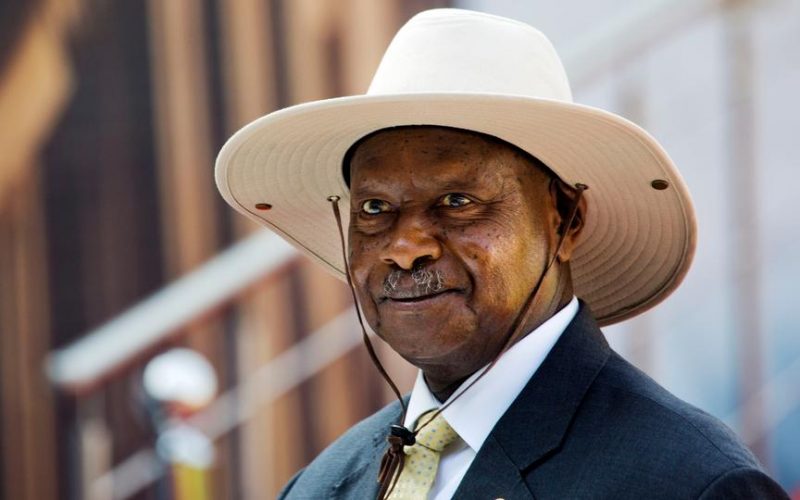At this year’s United Nations COP26 (Conference of the Parties), there will be a push to require countries to focus on renewables as their sole energy source in an ambitious attempt at emissions reduction.
While this move is noble, it is practical and doable in developed countries that have for decades been leveraging technologies and establishing critical infrastructure in preparation for going green.
African countries, on the other hand, face a wide infrastructure gap as the continent has for long battled issues like food security, disease outbreaks, gender inequality, and conflicts that have curtailed the speed at which the continent has made developmental gains.
President Museveni argued this in his recent Wall Street Journal article, and it is hard to disagree with his logic. (Link)
The current African population of 1.3 billion is expected to increase two-fold by 2050, which is a conservative estimate as the new malaria vaccine will cut down on infant mortalities. Malaria has been the leading cause of death among children for years. There will be at least five times more Africans than Europeans by mid-century and they will have greatly surpassed them in electrical energy consumption.
This future demographic has great implications for energy production. They have the right to more electricity at rates that are significantly lower than that current generations are contending with. Not receiving it will inhibit continental progress and inevitably, lead to instability and fuel further mass economic migrations between Africa and Europe.
To avoid this, jobs need to be created and prosperity enhanced. Hard choices over the future generation of Africa’s electricity and the wider world will have to be made.
For now, easy decisions are being made. The Western aid industrial complex of NGOs results in money being poured into wind and solar projects that satisfy their funders and score green energy points. Often, however, it leaves Africans with more expensive electricity that is less reliable and dependent on when the wind blows or when the sun shines. When this doesn’t happen, then standby batteries and diesel generators rumble on to fill the energy deficit.
However, these generators are highly polluting and the lithium from the batteries are not any better. Ardent environmentalists so easily forget that for each seemingly positive action there may well be unintended negative consequences. The sprint for electric cars risks replacing the last century’s drive for fossil fuels into a new global demand for lithium. With significant deposits of the mineral being found in Africa, this could be a danger to the continent’s stability.
Solutions often lie in compromise, multiplicity and equilibrium. Currently, there are neglected yet green and affordable methods of generation that should be included in Africa’s future energy mix.
For example, mini-hydro technologies allow 24-hour energy production and can be deployed along minor rivers with turbines that fish can swim through without being harmed.
While many of the hard-nosed, absolute green solutions sound good on paper, they are impotent in finding long-lasting solutions to African problems. The continent still needs a balance in its energy mix to serve its growing populations and foster innovations that are the backbone of improving livelihoods, accelerating gender equality, and bridging long-standing financial gaps among its people.








